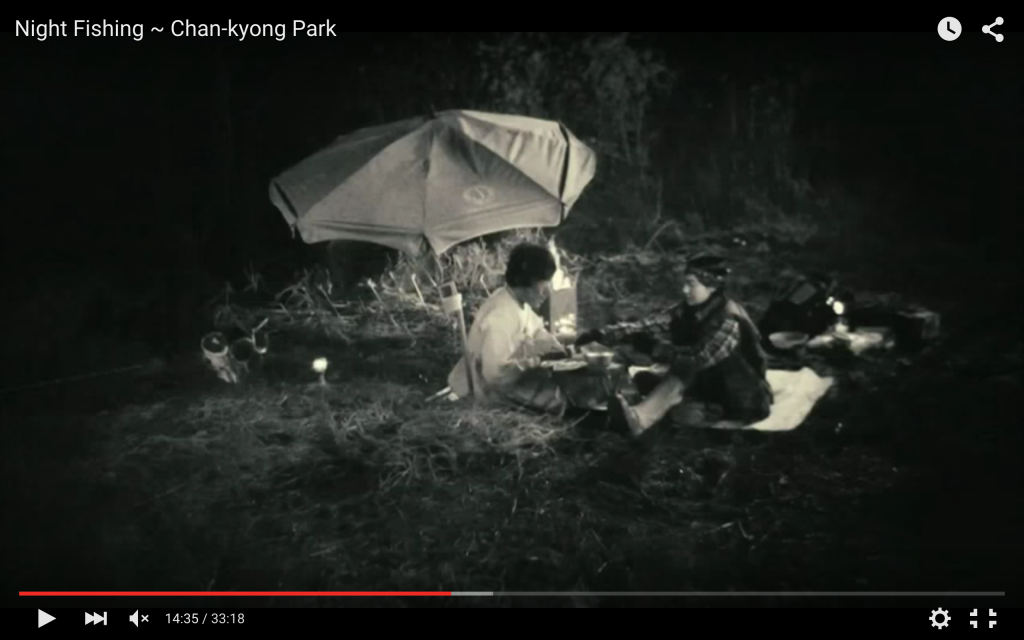To finish, I’m going to compile a collection of some camera movements/frames in films which have served as inspiration for this final project – in addition to of course, ‘In the Mood for Love’.
Forrest Gump (1994) dir. Robert Zemeckis
First off – (I know, it’s cheesy) obviously this kind of camera movement is fairly unattainable for me to emulate but something I have been focusing on in one my clips is this idea of the omnipresence of the camera when it is not attached to or associated with a character – like with the feather in this clip. It’s been a question of mine when reviewing my footage as to what this continuously moving frame is presenting – objectivity because the viewer is seeing a point which is not human like and is literally the perspective of a feather through the air? Or does it carry it’s own objectivity to it? I’ll have to flesh that one out in my exegesis but nevertheless it’s an interesting question.
Man with a Movie Camera (1929) dir. Dziga Vertov
Especially from about 1:15 – 2:00. This aligns with some of my thoughts on how ontology/speed of the frame can alter create an entire new mental subjectivity to the frame. It’s hectic and confusing and – subjective, I think.
Mad Max: Fury Road (2015) dir. George Miller
Particularly the beginning of this trailer and the film is interesting to me because it’s an example of how when the camera is positioned directly in front/behind the character is has a very similar effect as it would if it were literally from their direct eye point of view. It also gives the added benefit of the response of Max’s facial expressions while we engage in this hectic, very fast motion weaving through different people and places. Like with Vertov’s film, the hectic motions give a sense of subjectivity communicate through speed which changes the ontological reading of the entire frame.

